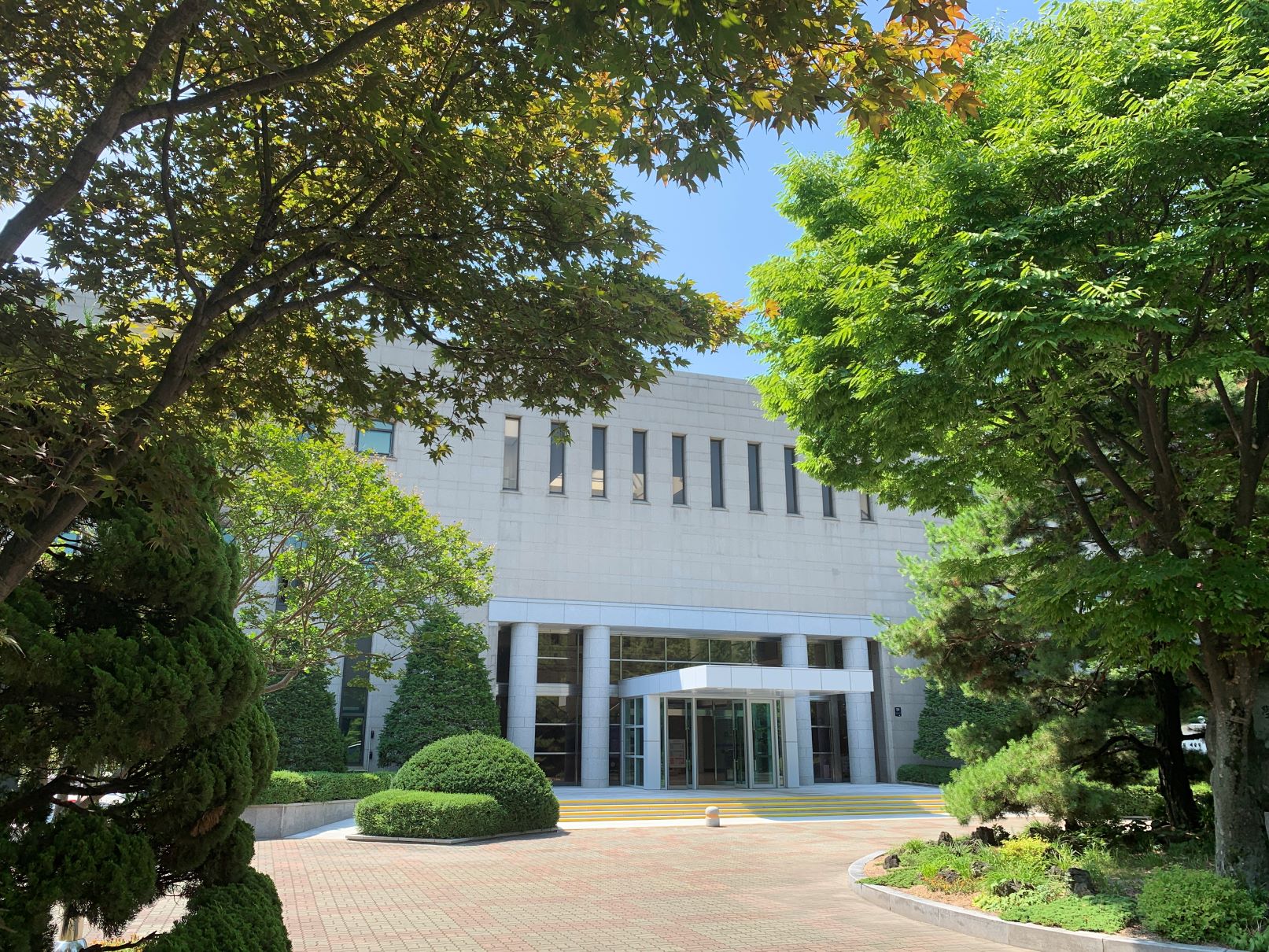
Image provided by The National Academy of Arts, Republic of Korea
The National Academy of Arts, Republic of Korea
* Source: Multilingual Glossary of Korean Art. Korea Arts Management Service
Related
-
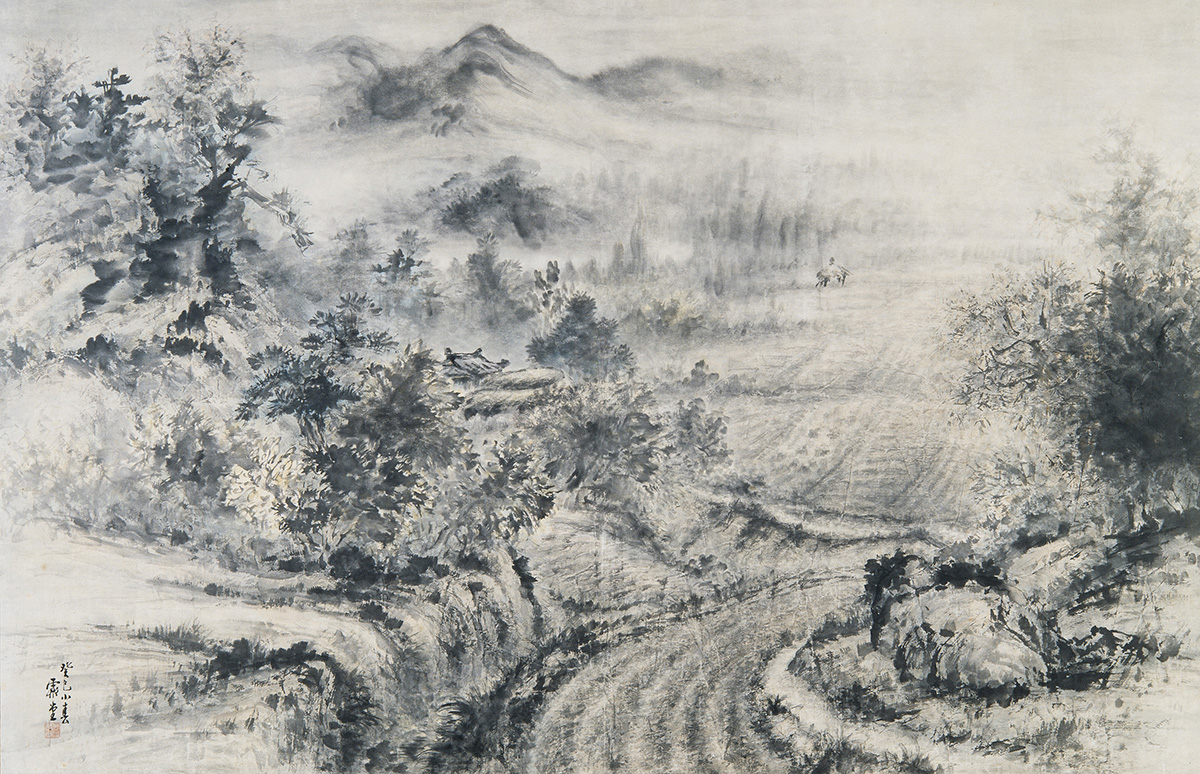
Bae Ryeom
Bae Ryeom (1911-1968, pen name Jedang) began his training in Oriental painting at the Lee Sangbeom’s Cheongjeon Art Studio in 1929 and became one of the representatives of the Cheongjeon Art Studio, winning special awards at the 1936 and 1943 Joseon Art Exhibition [Joseon misul jeollamhoe]. He joined the Cheongjeon Art Studio Exhibition from 1941 to 1943. He participated in the National Art Exhibition (Gukjeon) as a recommended artist after its establishment in 1949 and served as a judge in the Oriental painting division at the National Art Exhibition. He hugely influenced the Korean Oriental art community of the time, and his “Jedang style” became a term to describe certain ink landscape painting styles in Korea. He was selected as a member of the Republic of Korea's National Academy of Arts in 1954 and taught at the College of Fine Arts at Seoul National University and Hongik University from 1965 to 1968. In his early period, he emulated his mentor’s style and created ink paintings with dreamlike local scenes. In the 1940s, he developed his own style while painting Geumgang Mountain. After independence, he paid more attention to the concept and form of traditional landscape paintings and produced Namjong literati style ink landscape paintings.
-
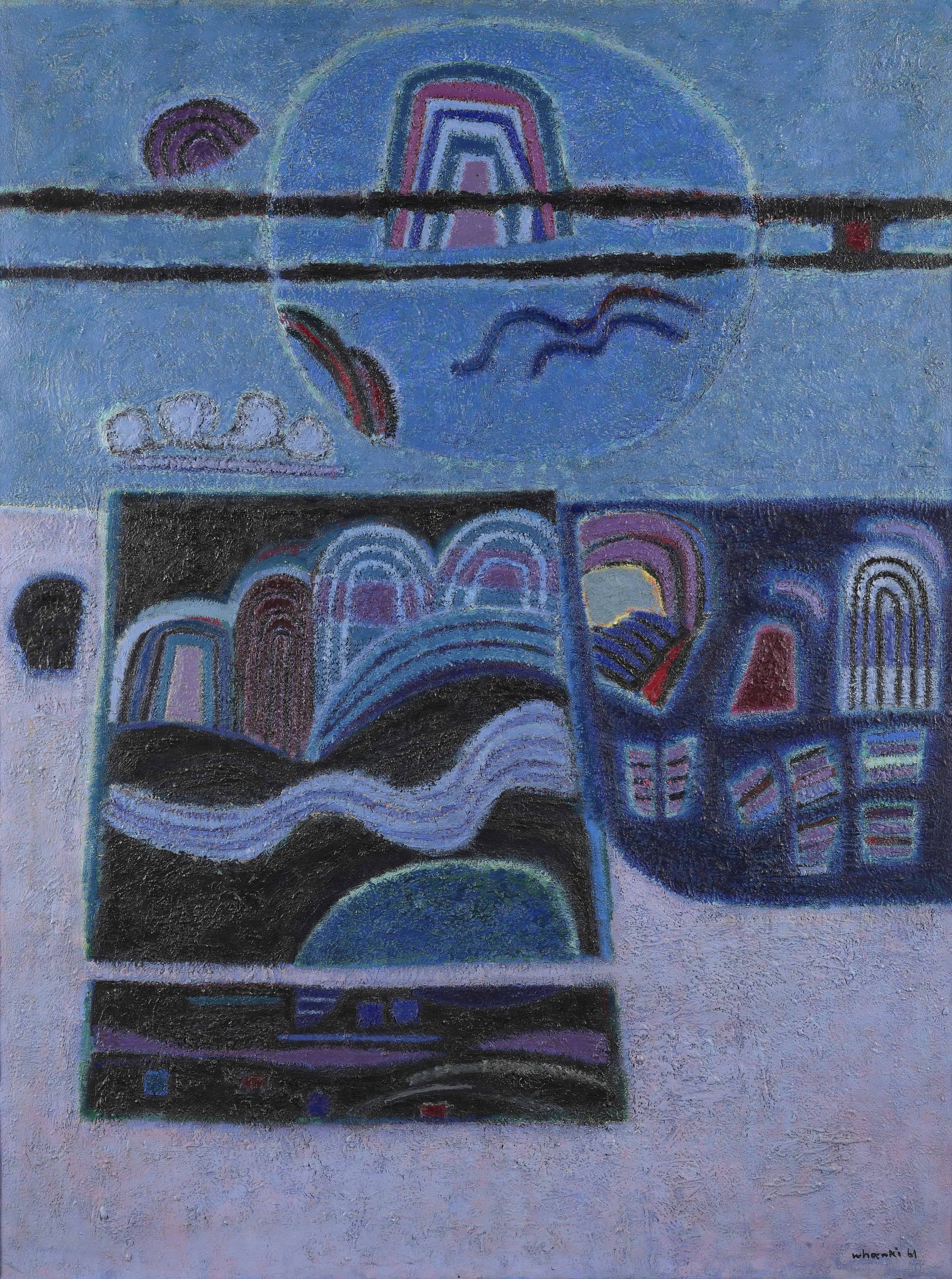
Kim Whanki
Kim Whanki (1913-1974, pen name Suhwa) was born in Sinan, Jeollanamdo, and his family origin was from Gimhae. He studied at the Department of Fine Arts at Nihon University, Tokyo, Japan from 1933 to 1936. He joined the Avant-Garde Western Art Institute in 1934 and submitted his work to Avant-Garde art associations, such as the Second Division Exhibition Nikaten (Nika Art Exhibition) and the Exhibition of the Free Artists Association (Jiyu Bijutsuka Kyokai). After independence, he organized the New Realism Group and worked as a professor in the Department of Fine Art at Seoul National University (1946-1950) and Hongik University (1952-55). He lived in Paris from 1956 to 1959, and after his return, he became a professor and later the Dean of the Fine Art College at Hongik University (1959-1963). He participated in the seventh Sao Paulo Biennale and won an honorary award, and then moved to New York. He abruptly passed away while having a solo exhibition at Poindexter Gallery, New York, ironically when his career in the US was at its peak. As a pioneer of Korean abstract art, he started by working in geometric abstraction and moved on to semi-abstract work that featured natural motifs such as the mountain, the moon, and the river. After moving to the U.S., he returned to abstraction with his so-called "dot paintings." His painting 16-Ⅳ-70 #166 Where, in What Form, Shall We Meet Again? (1970), was awarded a grand prize at the Korean Art Grand Award Exhibition and has inspired many contemporary Korean artists. His work Rondo (1938) was selected as No. 535 within the national Registered Cultural Properties.
-
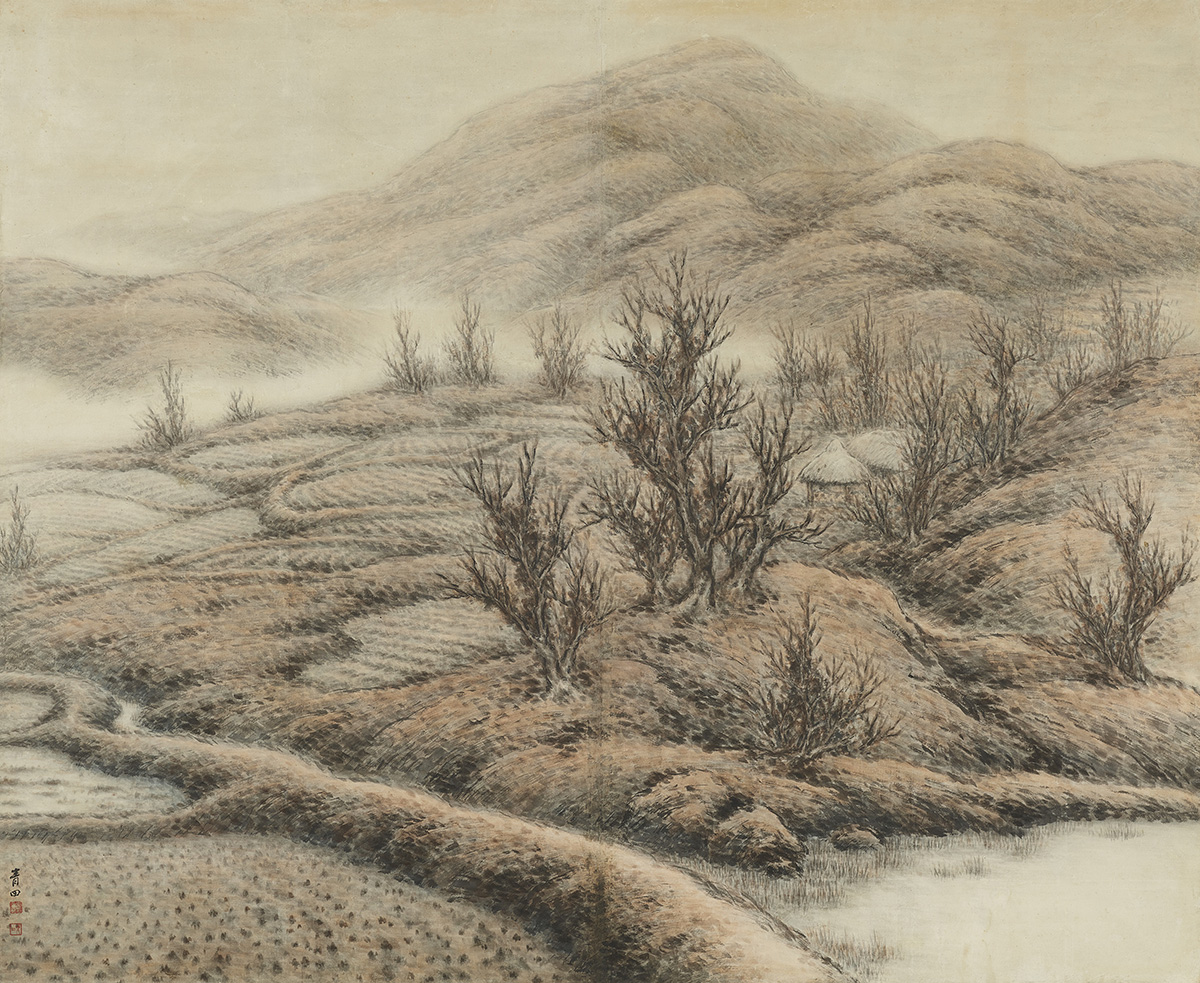
Lee Sangbeom
Lee Sangbeom (1897-1972, pen name Cheongjeon) learned painting from An Jungsik and Cho Seokjin at the Calligraphy and Painting Society [Seohwa misulhoe] and graduated in 1918. He became a member of the Calligraphy and Painting Association [Seohwa hyeophoe] founded in 1918 and submitted his work to the first Joseon Art Exhibition [Joseon misul jeollamhoe] in 1922. He repeatedly won special prizes and was appointed as a Noteworthy Artist and Participating Artist of Eastern painting in the Joseon Art Exhibition. In 1920, he participated in the Changdeokgung Palace mural project and created the work Samseongwanpado. He founded the Cheongjeon Art Studio to educate art students in 1933 and gained notoriety by contributing illustrations to serialized pro-Japanese newspaper novels. After independence, he was accused of being pro-Japanese, but continued to focus on his art nonetheless, becoming an important figure in art circles. In the 1950s, he created his own original ‘Cheongjeon’ style. This Korean-style landscape ink wash painting was based on real Korean scenery and represented what many consider as the essential aesthetics of Korean landscape painting. While he consistently participated in the National Art Exhibition (Gukjeon), he never hosted a solo exhibition of his own, and in terms of his teaching in the post-independence period he taught as an art professor at Hongik University.
Find More
-

Huh Baeklyun
Huh Baeklyun (1891-1976, pen name Uijae) learned Chinese classics from Jeong Manjo, who was in political exile in Jindo. His education began from Hoe Hyung, a son of Hoe Ryon in 1911. Later, he studied law, but quit in 1917 in order to be trained by Komuro Suiun. In the spring of 1920, he held a return exhibition at the Mokpo convention center, and his Fall Landscape won second prize at the first Joseon Art Exhibition [Joseon misul jeollamhoe] in 1922. From the seventh exhibition, he focused on creating paintings independently and stopped submitting work to the Joseon Art Exhibition. In 1938, he organized Yeonjinhoe in Gwangju and fostered local artists, such as Jeong Unmyeon, Ku Cheolu, and Heo Haengmyeon. He became a strong presence as a modern landscape painter through The Ten Landscape Painters Exhibtion organized by Oh Bongbin in 1940. In 1949, he became a Noteworthy Artist, Invited Artist, and judge at the National Art Exhibition (Gukjeon) as well as a member of the National Academy of Arts, Republic of Korea. He studied traditional Namjong painting that emphasized the literati spirit through forms such as Wangyu, Soshik, and Mibul. He played a pivotal role in establishing the Gwangju art community which highlighted traditional Eastern painting during the Japanese colonial period.
-

Lee Soonsuk
Lee Soonsuk (1905-1986, pen name Hara) was a pioneer of Korean craft design. He attended the design and craft department at the Tokyo School of Fine Arts in 1926 and graduated in 1931. He hosted the first solo design exhibition in Korea. He served on the council at the cultural division under the U.S Military Government in 1946 and taught applied arts at the fine arts college of Seoul National University. He also contributed to Korean craft design at the National Art Exhibition (Gukjeon). In 1971, he served as an executive advisor at the Korea Design and Packaging Center (KDPC) and was elected as a member of the National Academy of Arts, Republic of Korea. Lee Soonsuk’s graduation period work was influenced by the flat surface planes of art nouveau and Bauhaus style. He later attempted to maintain and reinterpret traditional Korean craft techniques through his stone craftwork that dealt with a folk painting motif or natural objects.
-
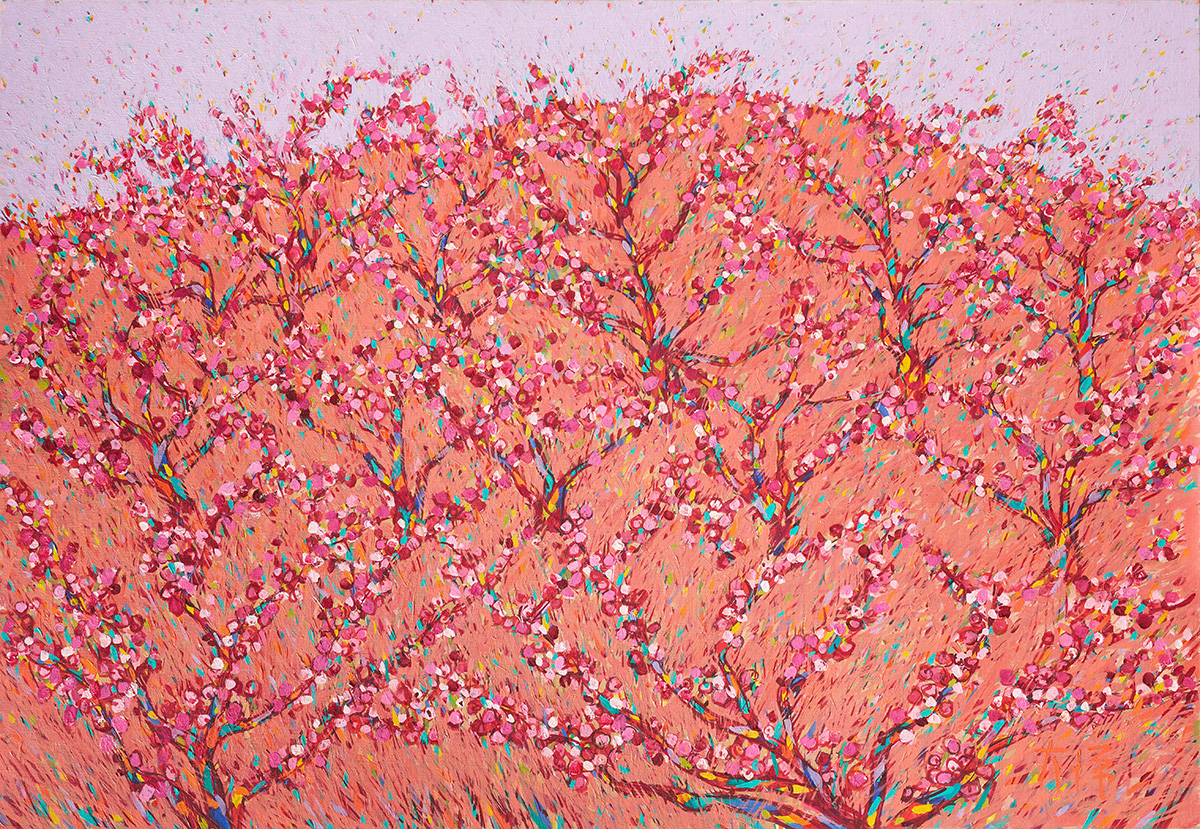
Lee Daiwon
Lee Daiwon (1921-2005, pen name Yikyung) was born in Paju, Gyeonggi-do, as the third son of wealthy parents He learnt oil painting through private lesson when he was a child at Cheongwoon Public Elementary School and proved his potential when he won an award at the art contest hosted by the Dong-A Ilbo. He was a member of an art club and strongly supported by his Art teacher Sato Kunio at Kyungbok Public High School. His potential was realized when he was consecutively selected for the Joseon Art Exhibition [Joseon misul jeollamhoe] in 1938, 1939, and 1940. However, due to his father’s disapproval, he was compelled to study law at Keijo Imperial University instead of pursuing art. After Korean independence, he returned to actively engaged with art activities, such as running Bando Gallery, the first commercial art gallery, in 1959. He also served as an art professor from 1967 to 1986 and a dean from 1972 to 1974 at Hongik University. He was later appointed as a chair of the National Academy of Arts in 1989 and 1993. He drew cheerful and colorful scenes of farms in bright colors based on pointillist Impressionism in combination with traditional Eastern painting techniques.






